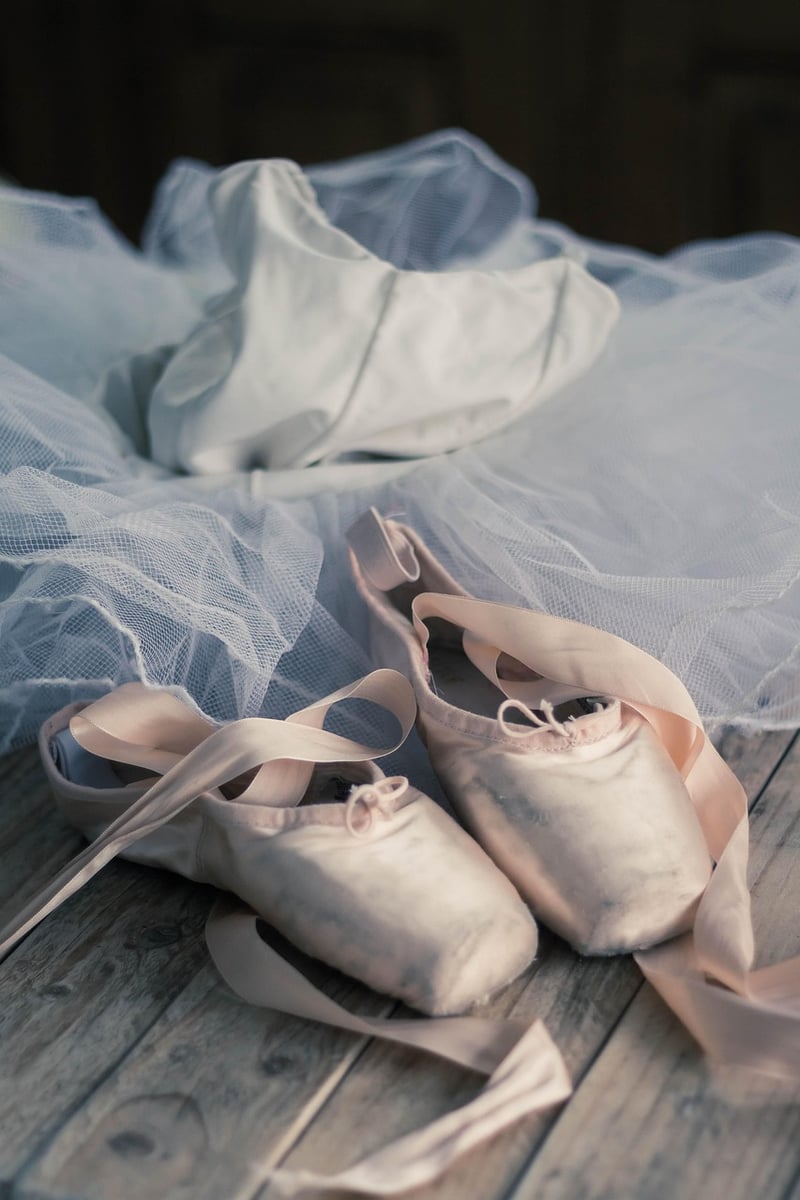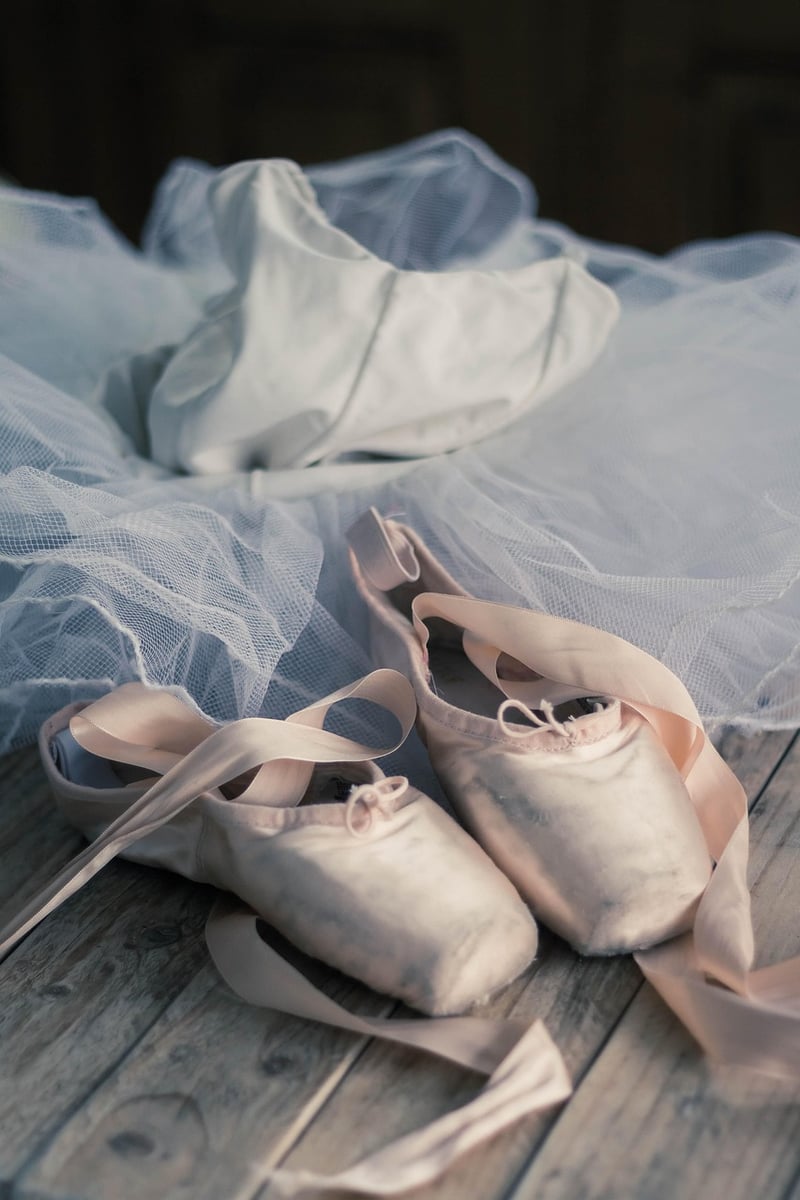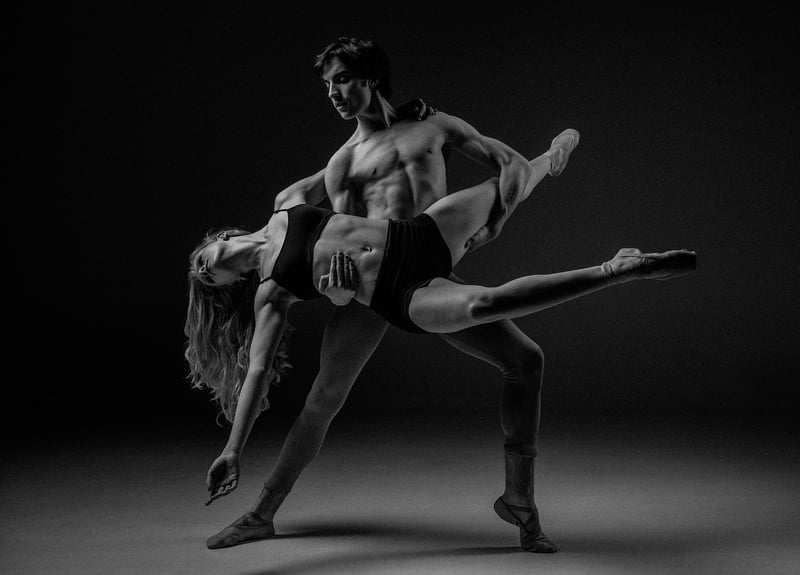Ballet
The Art of Expressive Movement in Ballet
Ballet, known for its precision, grace, and beauty, is a form of dance that captivates audiences around the world. Beyond the technical proficiency required, dancers also use expressive movement to convey emotions and tell stories on stage.
Expressive Movement in Ballet
Expressive movement in ballet involves more than just executing steps correctly; it is about connecting with the audience on an emotional level. Dancers use their bodies, facial expressions, and gestures to communicate a range of feelings, from joy and love to sadness and despair.
Through fluid movements, powerful leaps, and delicate port de bras (arm movements), ballet dancers can express a wide array of emotions without saying a word. The use of body language and dynamics adds depth and nuance to their performances, making them truly mesmerizing to watch.
Emotional Storytelling Through Dance
One of the most compelling aspects of ballet is its ability to tell stories through movement. Whether performing classical ballets like "Swan Lake" or contemporary pieces, dancers bring characters to life through their expressive movements.
From the joy of a grand pas de deux to the heartbreak of a tragic love story, ballet dancers use their entire being to convey the narrative to the audience. Every arabesque, pirouette, and leap serves a purpose in advancing the story and evoking emotions in the viewers.
The Power of Music and Movement
Music plays a crucial role in guiding the expressive movement of ballet dancers. Choreographers often select music that complements the emotions and themes of the dance, providing a foundation for the dancers to interpret and express through their movements.
By synchronizing their movements with the music, dancers create a harmonious blend of sound and motion that enhances the emotional impact of the performance. The seamless integration of music and movement elevates ballet to a form of art that is both visually stunning and emotionally stirring.
Conclusion
In conclusion, expressive movement is an integral part of ballet that allows dancers to communicate emotions, convey stories, and connect with audiences on a profound level. Through their skillful technique and artistry, ballet dancers bring characters to life, evoke emotions, and create unforgettable performances that leave a lasting impression.
Experience the magic of expressive movement in ballet and immerse yourself in a world of beauty, emotion, and storytelling through dance.


Explore more about the world of ballet and expressive movement here.
